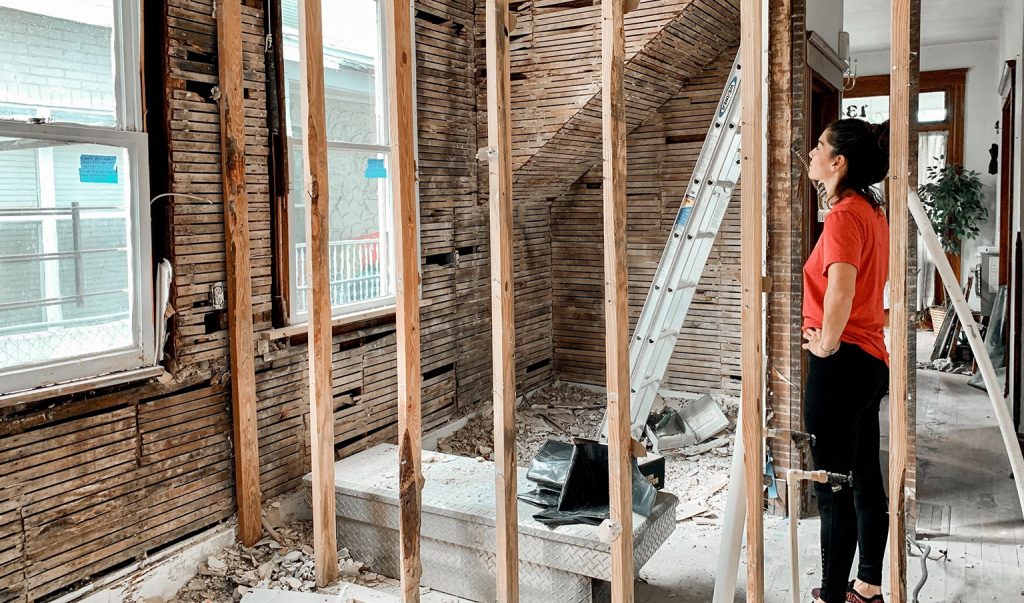Successfully Managing a Budget Blowout on Your Next Project?. Follow These 5 Steps.
What happens when your cost estimate comes in way over budget?
We’re talking something like 1M over budget…
It happens on a lot of projects, BUT there are ways to get things back on track and still have your project delivered!
Here are 5 steps we follow when the cost estimate comes in over budget:
1. Clearly identify how did the project get to this point.
Has the Quantity Surveyor overestimated the cost? Have the architect or engineers gone wild and overdesigned? Is the design even finished yet? Or, are there other factors at play like the industry, supply chain, and economy? The key here is to find the reasons why the number is greater than the budget.
2. Decide what is the best way to respond.
It could be a major redesign, putting the project on the shelf until conditions improve or even abandoning it if the cost of doing the works is going to be way too much. It could also mean adjusting the budget to meet the new number. More often than not, this situation means some form of ‘value engineering’ must take place which is Project Manager speak for removing the unnecesary cutting the excess out of the design.
3. Create a list of what can be adjusted and what can be removed.
This list can range from small ticket items that are easily adjusted like the type or amount of flooring or specific fixtures and equipment, to big-ticket items like the overall structure and design of the building. Depending on the amount of cost savings required, this list can be as long or short as necessary to get to the required number.
4. Decide on the necessary adjustments.
Decide with the client what the adjustments will look like and the impacts they will have on the project. Does this still meet the original vision of the project?, Ffor example, if we reduce the amount of lighting or replace the timber flooring throughout the project will that be acceptable and functional? The key here is to try to maintain as much of the integrity of the original vision as possible without making huge or unnecessary changes where they can be avoided. This can be microsurgery or it can be a major operation.
5. Make amendments and review the costs.
Once the client decides on the strategy and changes, it’s then the design team’s responsibility to make the adjustments. With input from the QS, this process can often be done relatively quickly and a new project cost can be estimated.
By following this process, your project will be in a much better position than it started off. With a strategic approach to managing the design and costs of your project, there’s no reason why any unexpected cost blowouts can’t be managed and brought back to your expectations.



